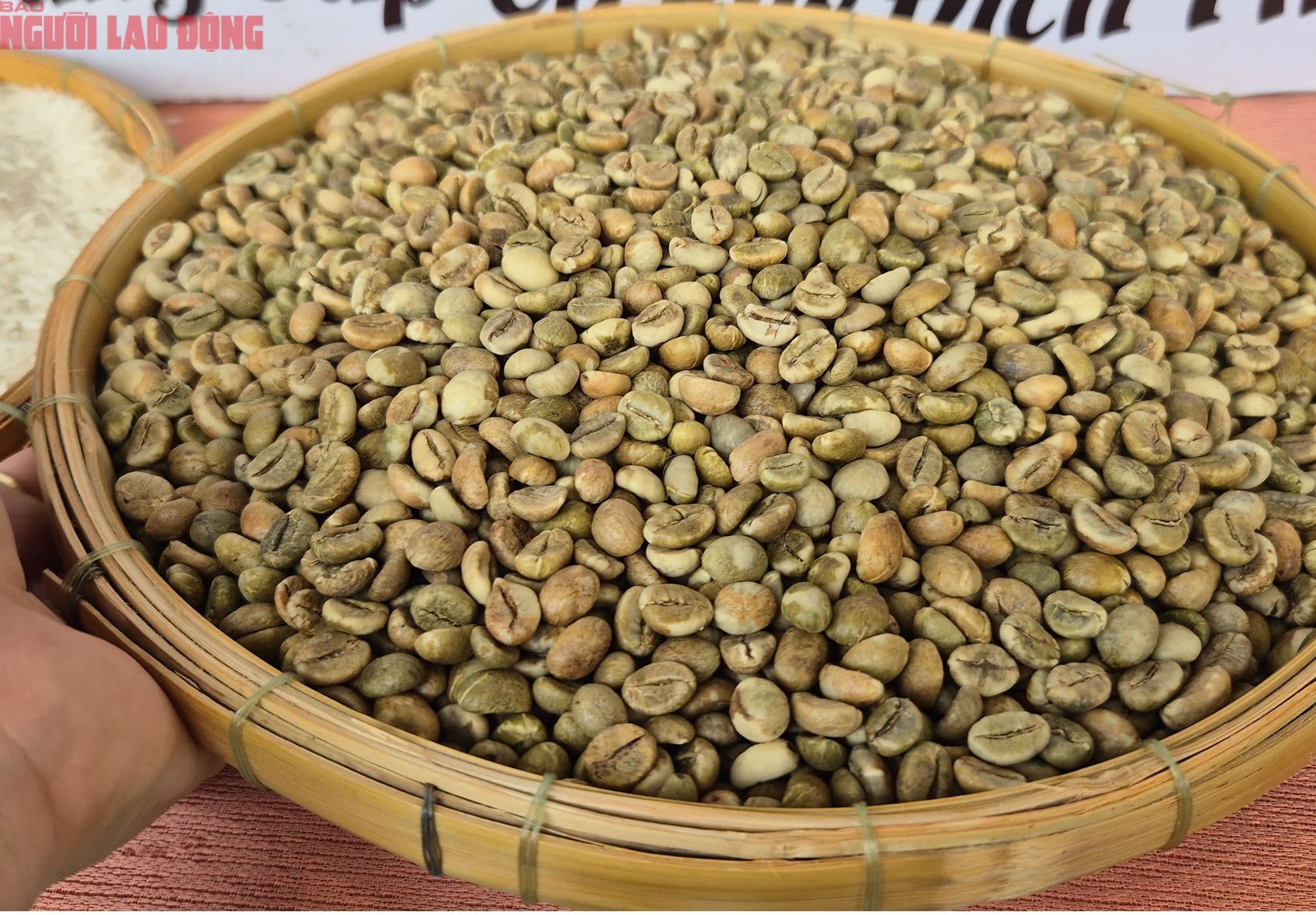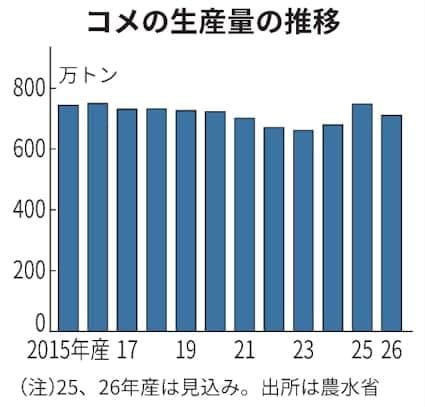The Steep Price of Popularity: Inside Matcha's Rarity Economy
Matcha's viral rise sparked a global craze, but at what cost? Explore how social media is straining tradition, creating scarcity, and turning green tea into a rare commodity.
The Viral Awakening: How Social Media Brewed a Global Craze
Matcha, long cherished for its unique flavor and purported health benefits, has seen its global popularity steadily climb over the years. Yet, something extraordinary happened in the past year: demand didn't just grow, it exploded. Industry insiders universally point to the undeniable force of internet buzz, particularly across platforms like and , as the primary catalyst. , owner of Australian wholesaler , which moves approximately 11 tons of matcha annually, observed his company's revenue, typically growing a healthy 10-20% monthly, triple from the first to the second quarter. This sudden surge caught the entire supply chain off guard, from the small, traditional tea farmers to major international retailers. of , for instance, saw monthly sales of top-grade quintuple, forcing her company to implement strict online order limits. The pervasive social media narrative, promoting high-quality matcha for everyday lattes, has inadvertently pushed a product never intended for mass consumption into an unprecedented spotlight, creating a fierce digital scramble among aficionados and resellers alike.
From Sacred Ceremony to Scarcity Sales: The Cultural Collision of Matcha
The true essence of matcha, steeped in centuries of tradition, lies in its role as a ceremonial beverage reserved for special occasions. However, the global craze, fueled by its vibrant green hue and photogenic appeal online, has fundamentally reshaped this perception. Overseas consumers, influenced by social media trends, are increasingly seeking out the highest-grade ceremonial matcha for everyday consumption, often in frothy lattes, rather than the more readily available culinary-grade varieties. This shift creates immense pressure on a delicate supply chain. , in 2023, produced a mere 4,600 tons of tencha (the base leaf for matcha) compared to over 40,000 tons of sencha. Producing high-grade matcha is an intricate, labor-intensive process: leaves are handpicked, meticulously dried, and then ground in specialized stone mills that can process less than two ounces per hour. The result is a cultural collision where a revered, artisanal product is now battling the forces of mass market demand, leading directly to the phenomenon of “scarcity sales,” where coveted blends vanish online within minutes of an unannounced restock.
The Farmer's Dilemma: Cultivating Green Gold Amidst Uncertain Tides
At the heart of matcha's scarcity lies the profound dilemma faced by tea farmers. The industry is predominantly composed of small, family-run operations, many helmed by an aging workforce with fewer young people entering the demanding profession. This traditional structure is ill-equipped to scale rapidly to meet explosive global demand. Even if farmers wished to expand, simply growing more tea isn't a quick fix; new tea plants require a five-year maturation period before they can be harvested. While the encourages a shift towards matcha cultivation, farmers remain understandably hesitant. As of the articulates, the uncertainty of matcha's long-term popularity — whether it's a lasting trend or a five-year fad — makes significant investment in new factories and expanded production a considerable financial risk. This trepidation, coupled with the inherent limitations of artisanal production, leaves farmers caught between the promise of "green gold" and the uncertain tides of a fluctuating global market, evident in the extraordinary measures like paying AUD 1 million upfront to secure his supply.
The Cult of Green: Navigating the New Rarity Economy for Tea Lovers
For dedicated matcha enthusiasts, the recent surge in demand has transformed a simple pleasure into a competitive sport. Consumers like , who have enjoyed matcha for years, now face a landscape defined by scarcity. Acquiring even small tins from popular brands often means waiting for irregular, unannounced restocks that sell out in mere minutes. This struggle has even spawned a cottage industry of paid notification services, designed to alert buyers the moment a coveted blend becomes available. Retailers, too, are grappling with this new reality; , for example, had to implement online order limits to prevent their entire monthly stock from disappearing within hours. The intense competition among aficionados and the rise of resellers highlight the emergence of a true 'rarity economy' around matcha. What was once a niche health-conscious beverage has become a trendy, high-demand commodity, pushing its loyal followers into a frantic hunt, fostering a sense of exclusivity and urgency that belies its traditional, serene origins.
Brewing the Future: Sustaining Authenticity and Supply in a World Hooked on Matcha
The current matcha phenomenon presents a critical juncture for the industry. Balancing the surging global appetite with the inherent limitations of its traditional, artisanal production is paramount. The stark contrast between the mere 4,600 tons of tencha produced annually and the overwhelming global demand, particularly for labor-intensive, high-grade ceremonial matcha, underscores the challenge. Sustaining both authenticity and supply will require a multi-faceted approach. Encouraging new generations to enter tea farming, investing in modern yet quality-preserving production facilities, and potentially exploring sustainable ways to increase yield without compromising the unique characteristics of shaded tea leaves are all vital. The push for farmers to switch to matcha is a start, but it must be coupled with long-term assurances and support to mitigate farmers' valid concerns about market volatility. Ultimately, the question remains: can matcha maintain its cultural integrity and superior quality as it transitions from a sacred ceremonial drink to a global everyday staple? The future of matcha depends on finding a harmonious blend between tradition, innovation, and a responsible approach to its newfound, vibrant popularity.
Related Articles

Matcha's Crossroads: Tradition, Demand, and the Future of a Sacred Powder

Matcha's Crossroads: Tradition, Demand, and the Future of a Sacred Powder

Sip by Sip: Unpacking Macu Tea's Recipe for Reigning Supreme in Taiwan's Bubble Tea Culture

Sip by Sip: Unpacking Macu Tea's Recipe for Reigning Supreme in Taiwan's Bubble Tea Culture

The Golden Bean Rush: Asia's Ascent and the Rewriting of Global Coffee Prices

The Golden Bean Rush: Asia's Ascent and the Rewriting of Global Coffee Prices

Japan's Rice Crossroads: The Unending Quest for Balance in the Paddy Fields
